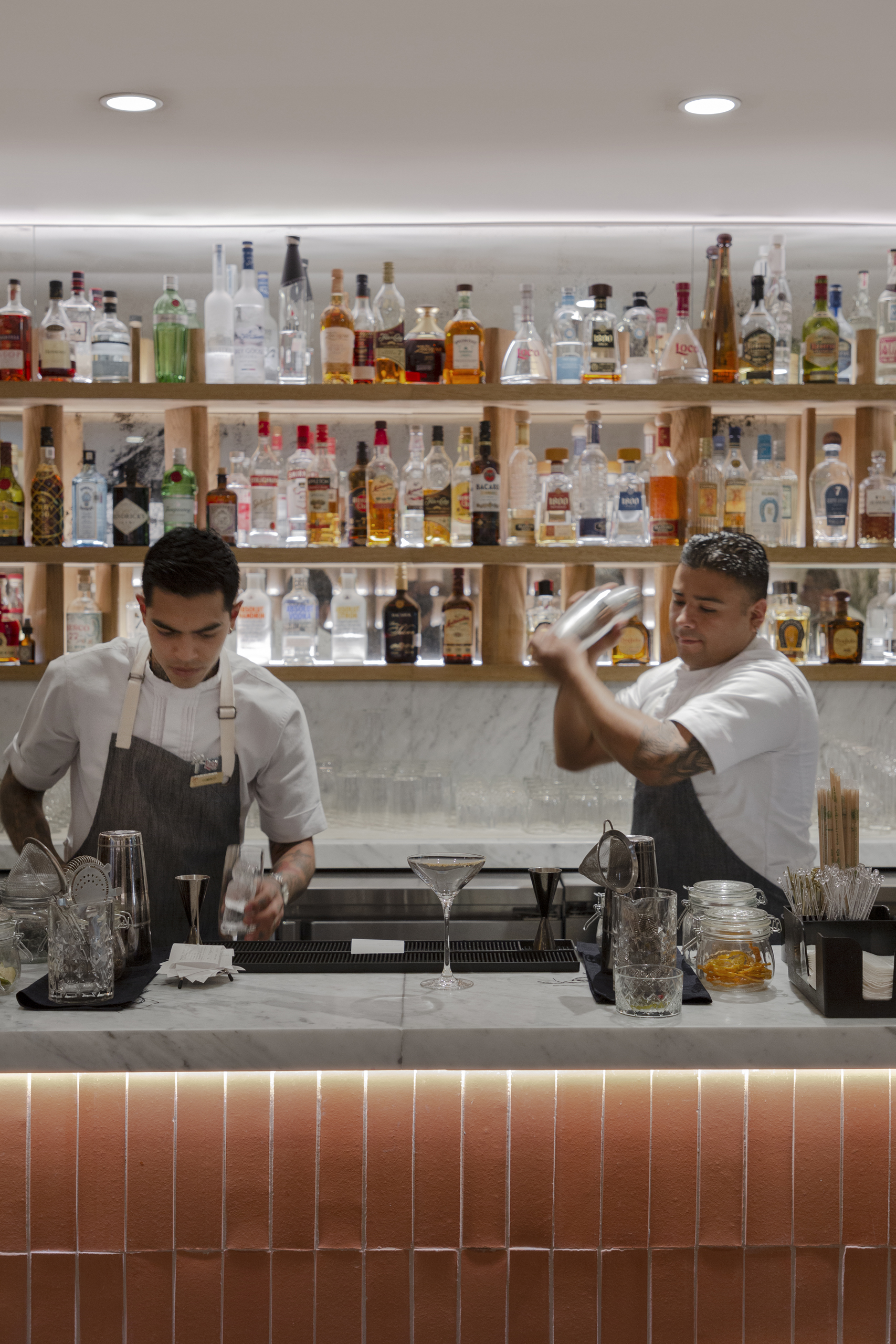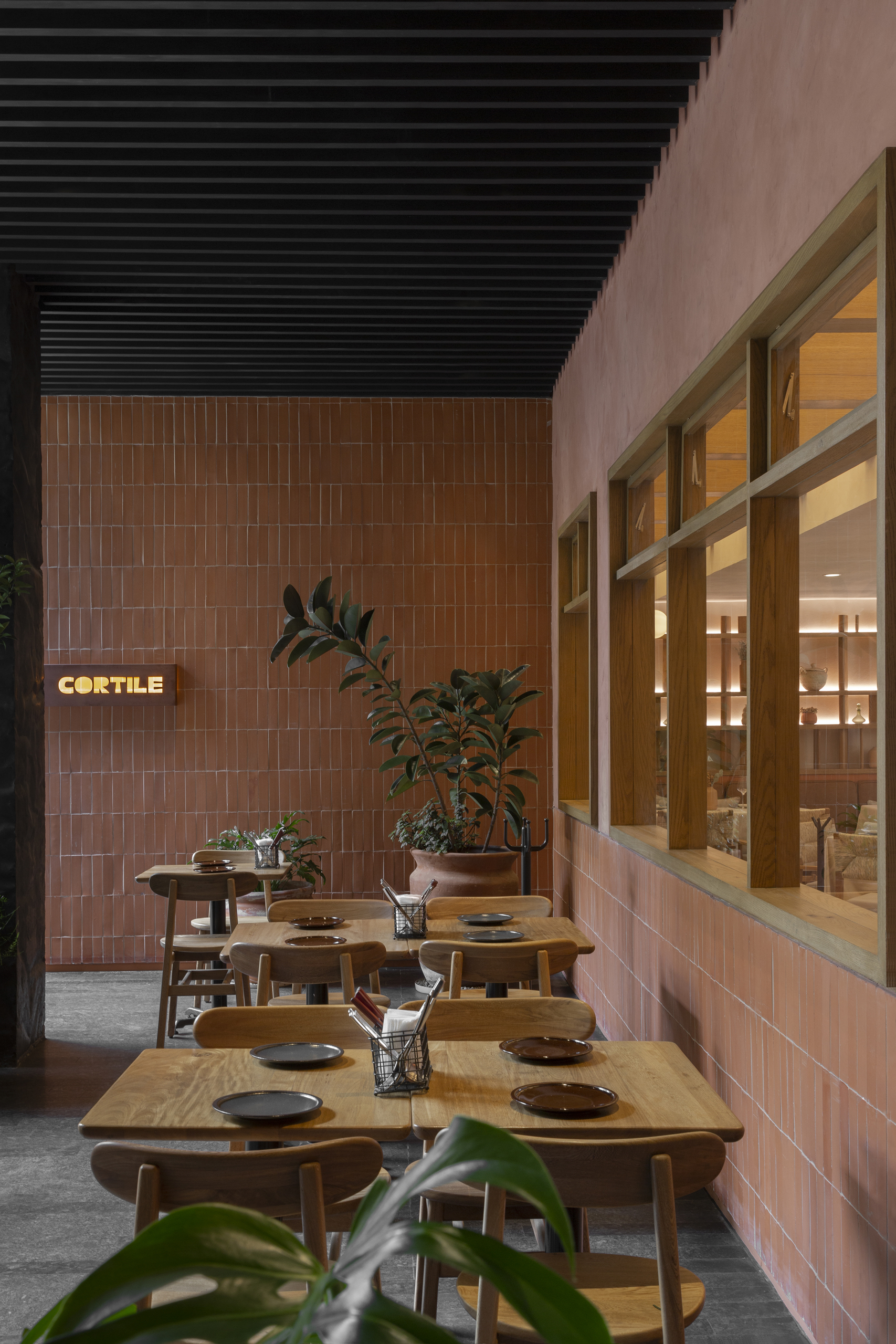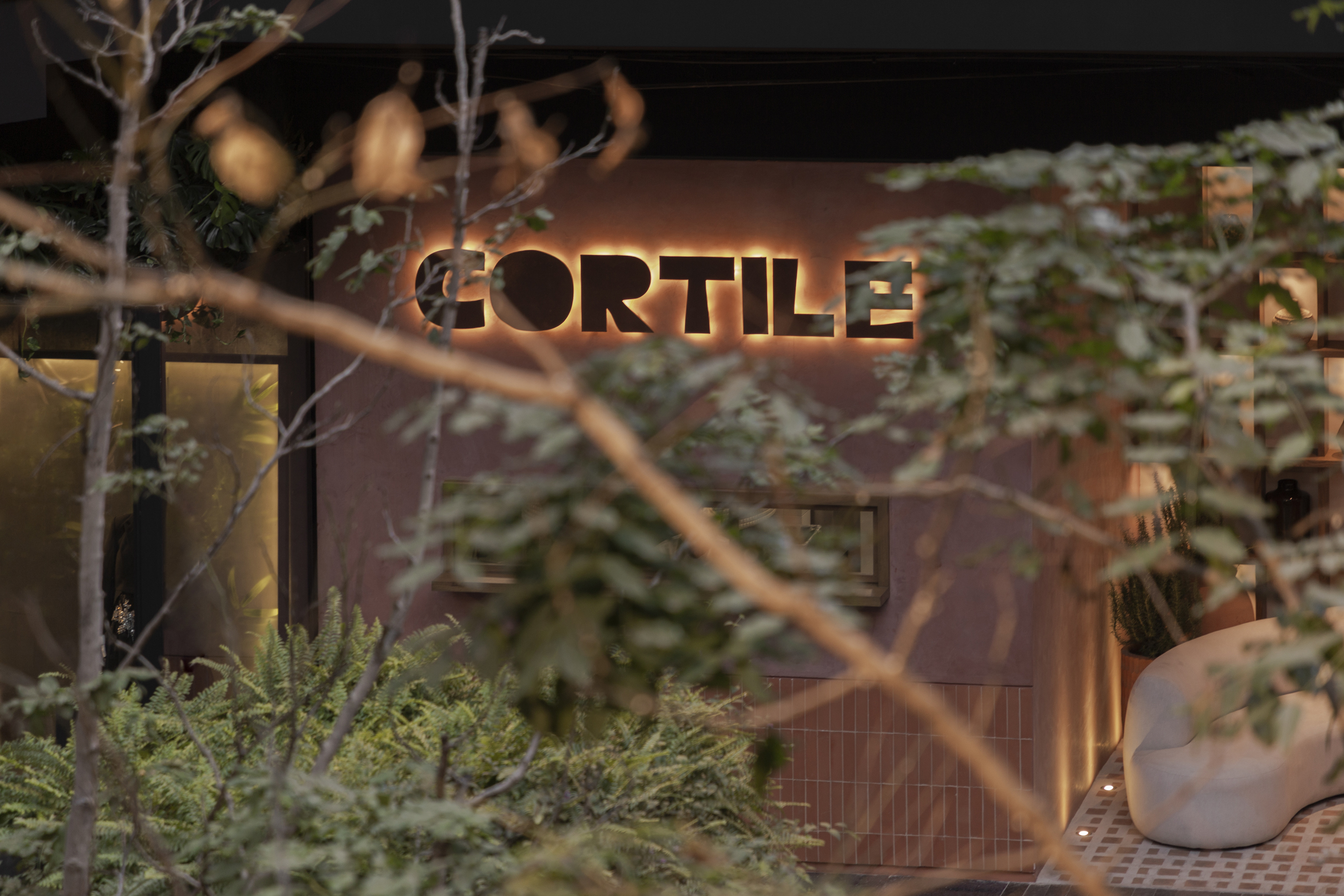Commercial SERIES • Project FEATURE
Inviting Warmth and Togetherness – Restaurante Cortile by Comitē De Proyectos
Photography by Achach Fotografía
Interior Design by Comité de Proyectos
Project Managed by Daniela Santamaría
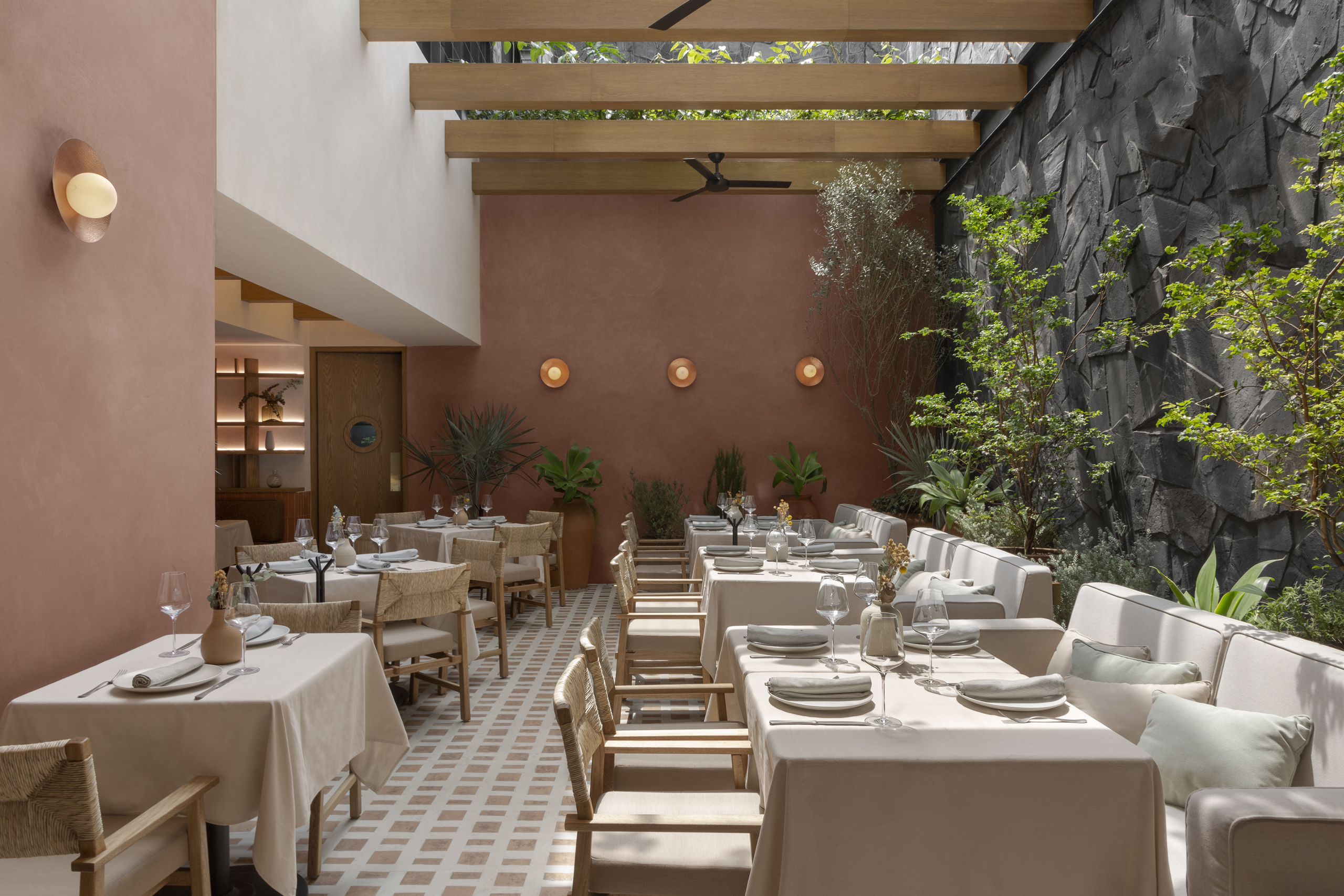
The work carried out is not a simple remodel; it is a comprehensive reconstruction of the essence of the place. The strategy involves rethinking the materiality of the space and its interaction with the users.
Cold finishes were replaced with a warmer color palette: terracotta tones, beige hues, and textured materials that evoke a sense of closeness and comfort. Wood became the project’s unifying element, reinforcing the feeling of hospitality and naturalness. This choice was not only an aesthetic preference but also a deep understanding of how materials influence spatial perception. Beyond aesthetics, the design sought to create an emotional connection with diners. Small details, such as earthenware vases, decorative cushions, and woven natural fibers, were carefully incorporated to make the space feel like home, avoiding the rigidity often found in restaurants located in commercial plazas. The Lago chair, with its artisanal design, perfectly fits into this narrative, becoming a key piece of the furniture selection.
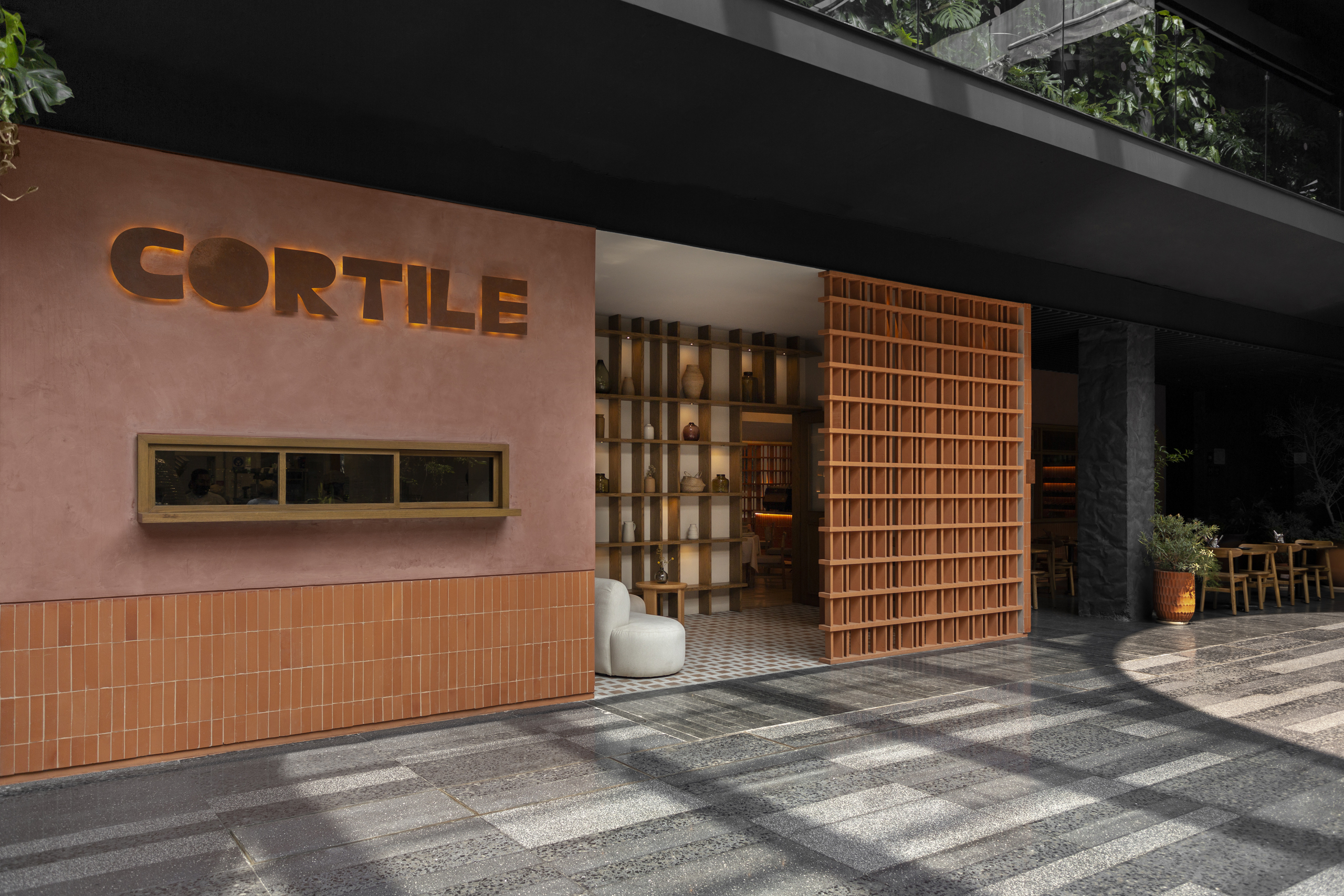
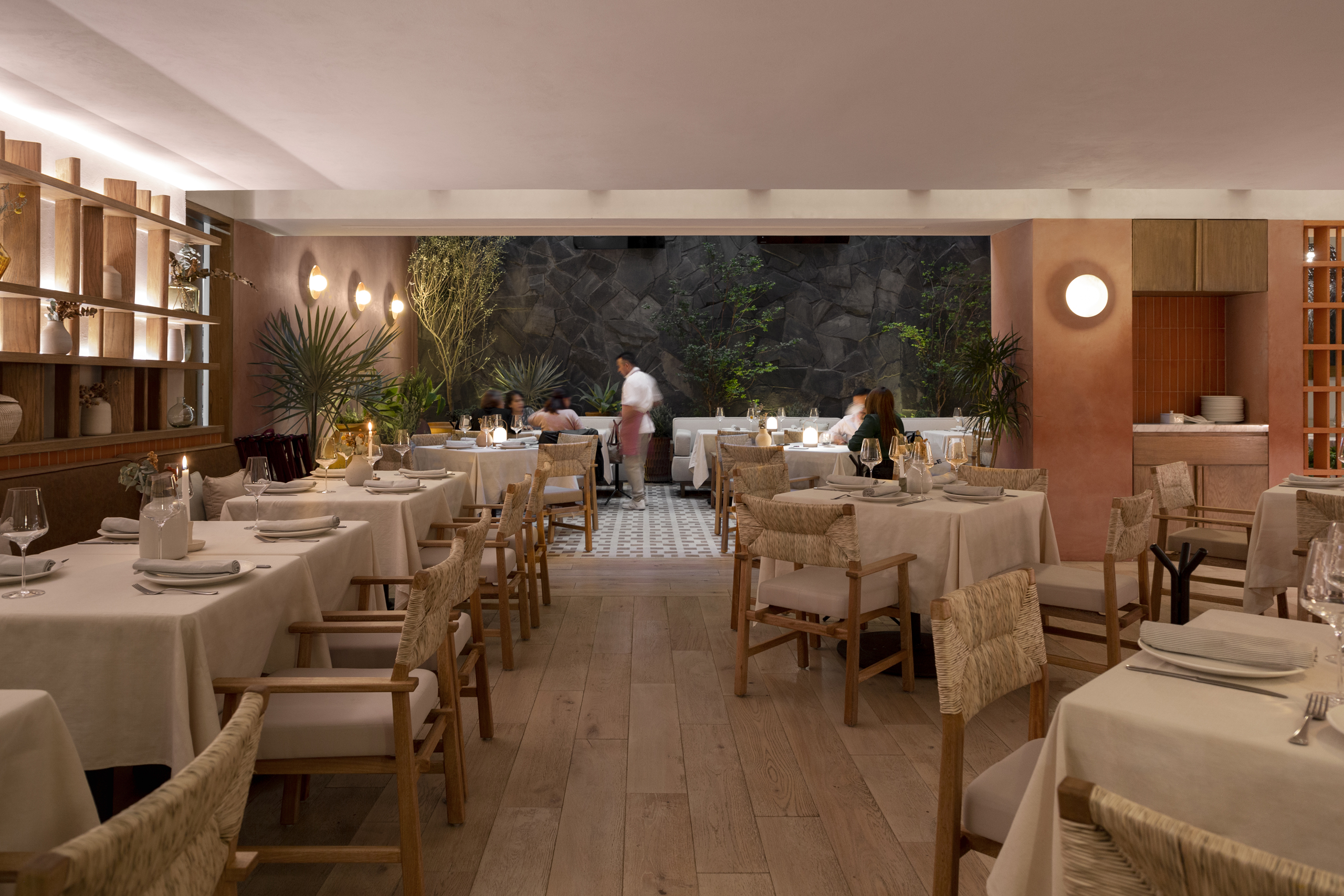
"Design not only transforms spaces but redefines how we inhabit and experience them."
One of the biggest challenges was differentiating Cortile from the architectural environment of the plaza. To achieve this, a lattice structure was used on the facade, creating a play of light and shadow that breaks the uniformity of its surroundings. This architectural gesture is not merely aesthetic but also an identity-defining tool, visually marking a boundary between the plaza and the restaurant. From the large windows, passersby can perceive the restaurant’s relaxed atmosphere, reinforcing its inviting character. Additionally, one of the windows offers a privileged view of the wine cellar, where a carefully curated selection of wines is displayed on solid teak shelves. This transparency not only highlights the restaurant’s enological offerings but also adds visual depth and a sense of openness.
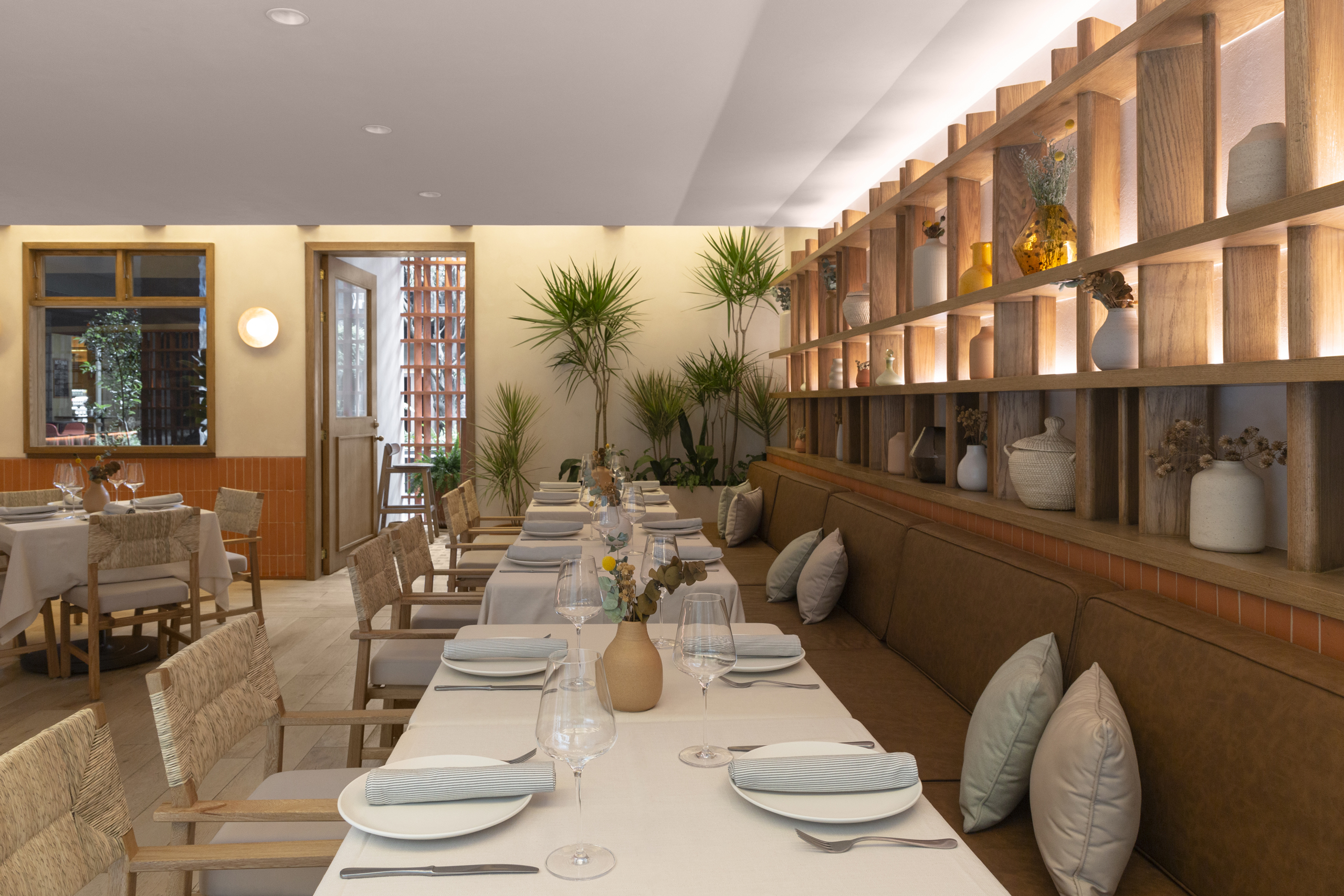
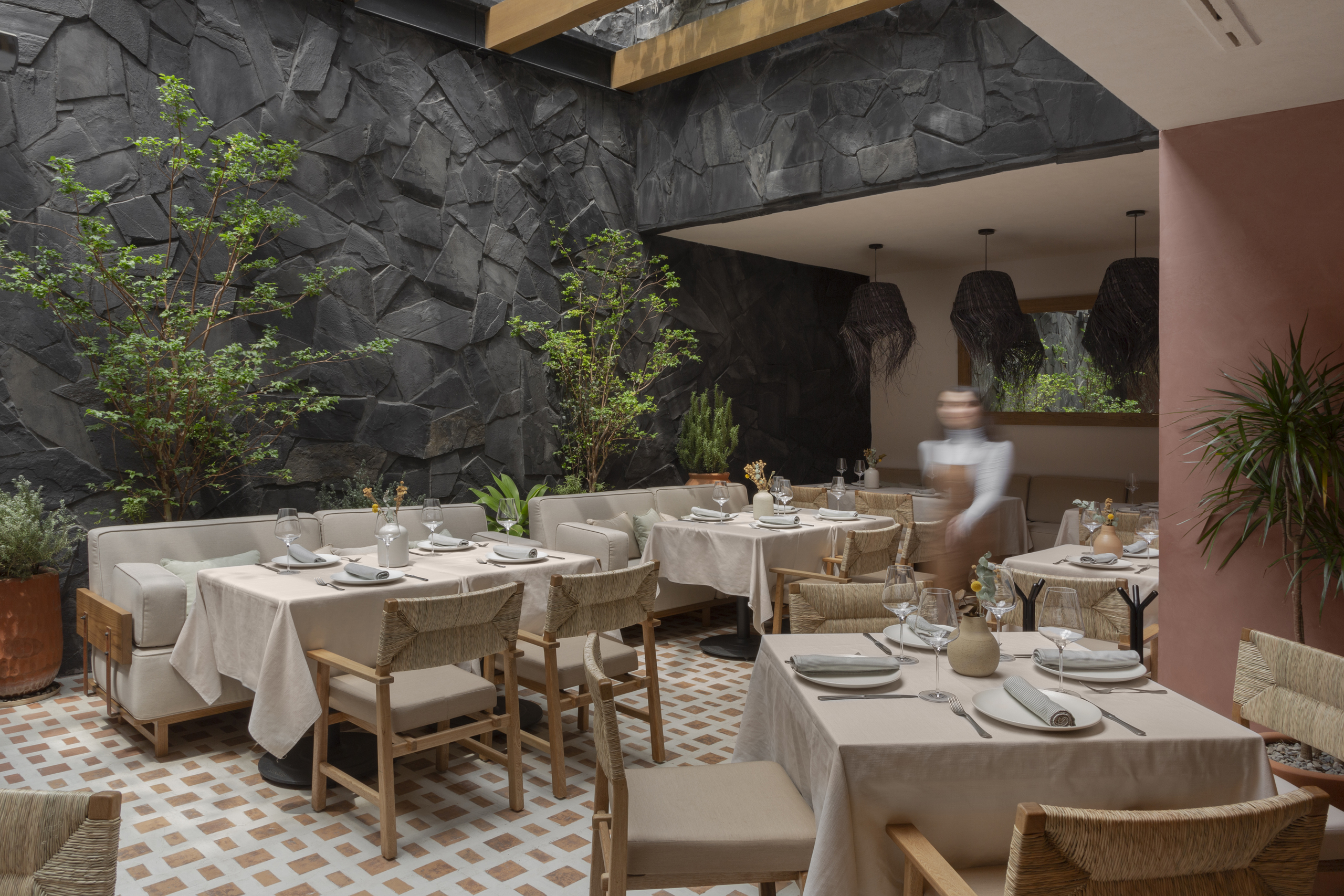
Cortile’s main dining hall was designed to be a bright and welcoming space, where the bar and dining area coexist fluidly. It is not an overcrowded venue with a rigid layout; on the contrary, its design allows for a natural transition towards the terrace, which is arguably the restaurant’s most vibrant space. The terrace is spacious, with high ceilings and lush greenery. Here, landscaping plays a fundamental role, not only as a decorative element but as an extension of the visual and sensory comfort that defines Cortile. The selection of planters and plant species was meticulously planned, contributing to a feeling of freshness and creating a microclimate that enhances diners' experience. This approach to incorporating vegetation not only improves the aesthetic perception of the space but also provides acoustic and thermal benefits, softening ambient noise and regulating temperature.
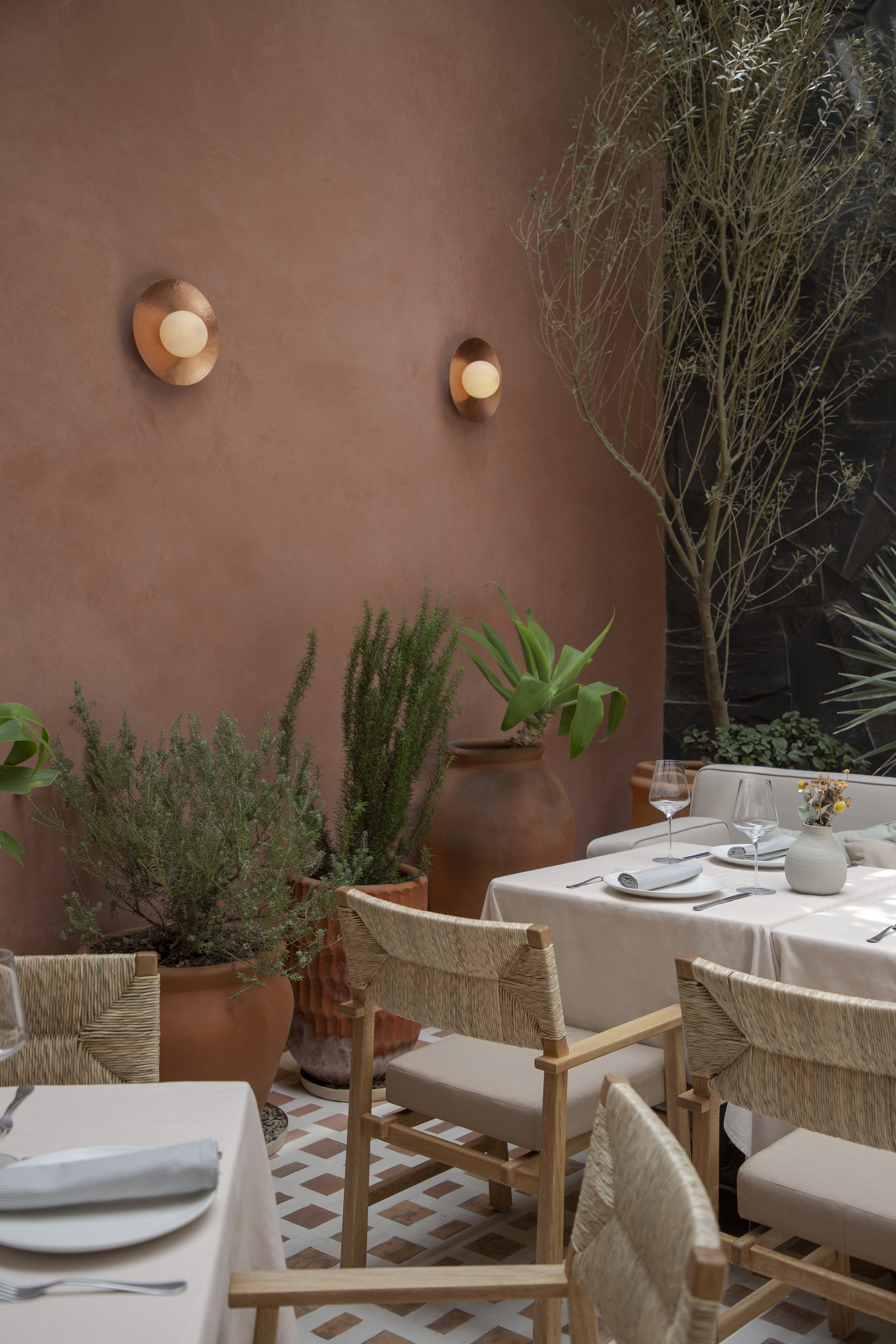
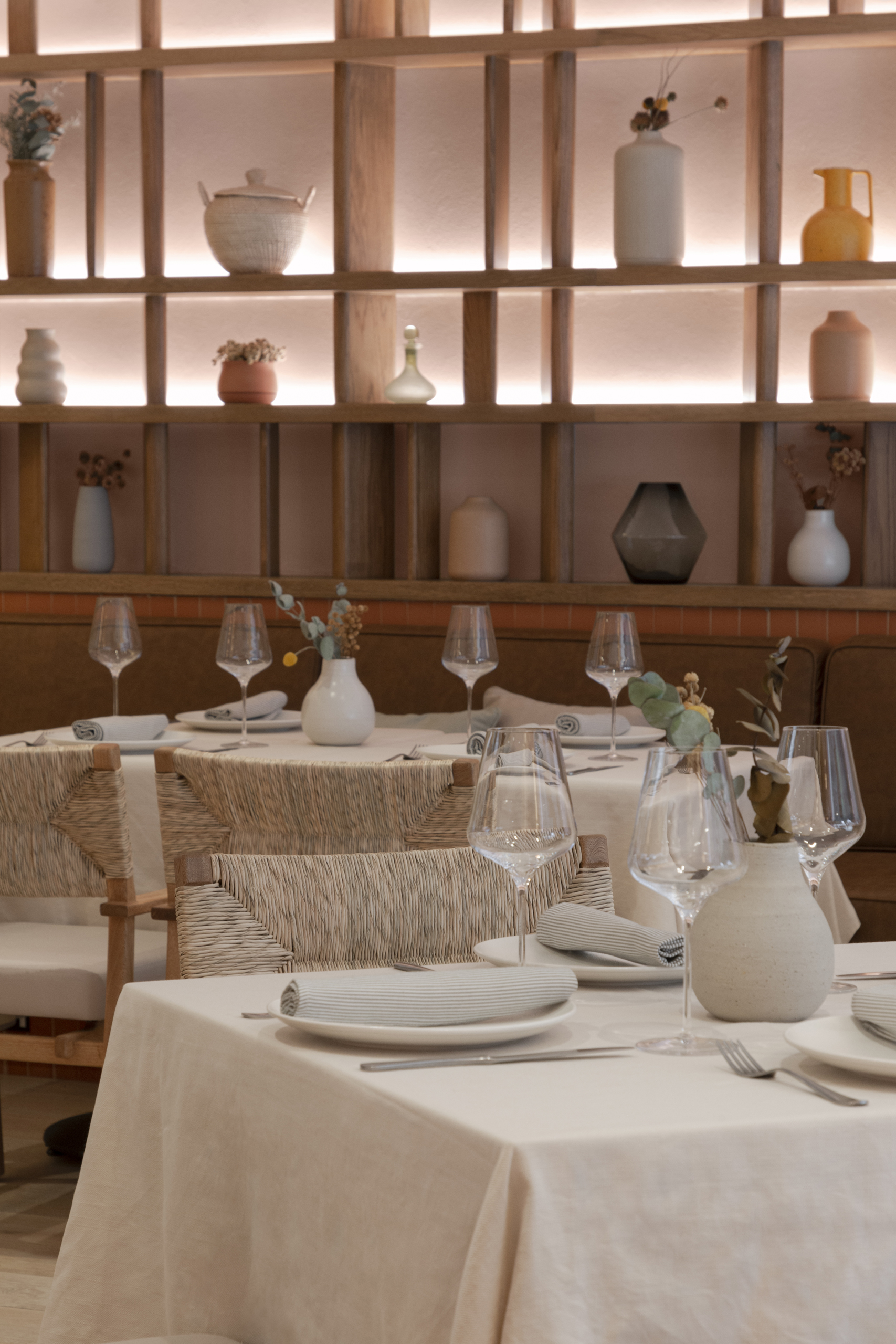
"Cortile is an urban retreat where design, gastronomy, and landscape come together in a unique sensory experience."
With a capacity for 60 guests, the restaurant offers a variety of atmospheres depending on the type of experience one seeks. From an intimate meal in the main hall to a more casual gathering on the terrace, the design promotes flexibility without losing aesthetic coherence. The layout of the furniture and lighting was carefully planned so that each corner has its own distinct ambiance, while still aligning with the overarching theme of warmth and hospitality. This level of detail ensures that the restaurant functions just as well during the day—when natural light enhances the textures of the materials—as it does at night, when warm lighting creates a more intimate and sophisticated atmosphere.
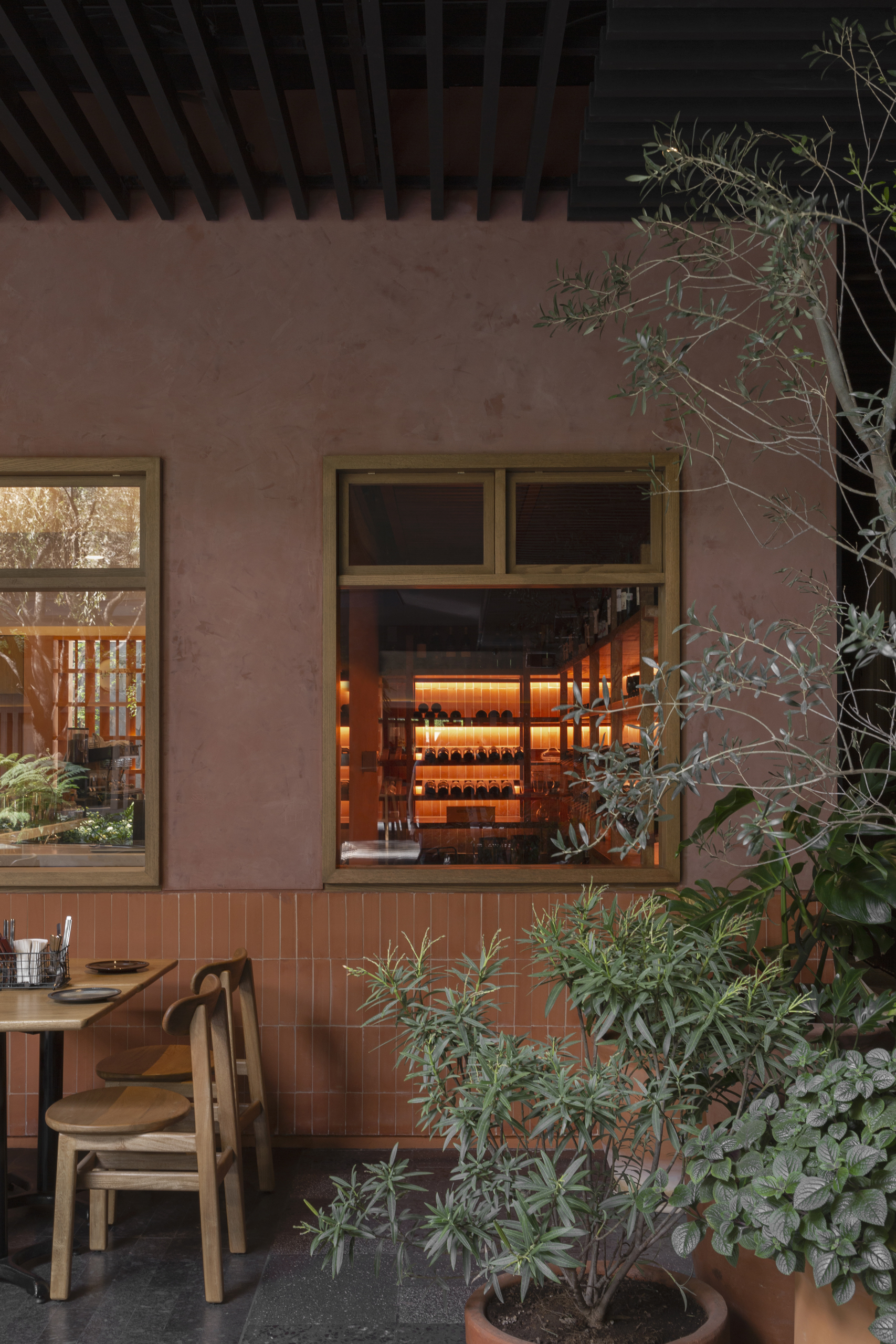
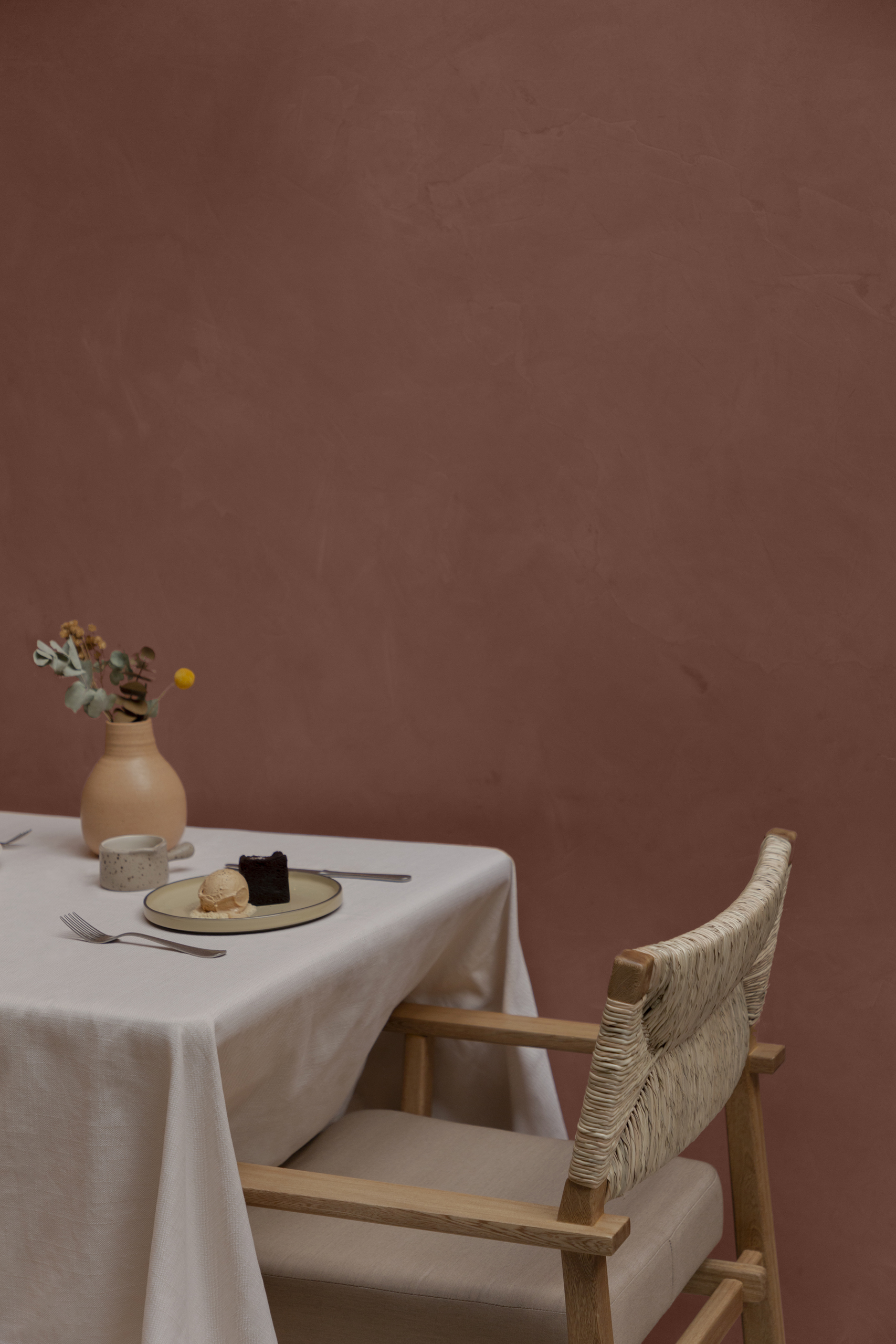
One of the project’s greatest achievements is its ability to engage the senses. It is not merely a visually appealing place but a space that can be felt and experienced holistically. The selected materials are not only aesthetically pleasing but also provide textures that invite touch, while the presence of vegetation and warm lighting enhances the feeling of well-being. The use of wood, earthy finishes, and natural textiles creates an immersive, almost domestic ambiance that contrasts with the impersonal nature of many commercial spaces.
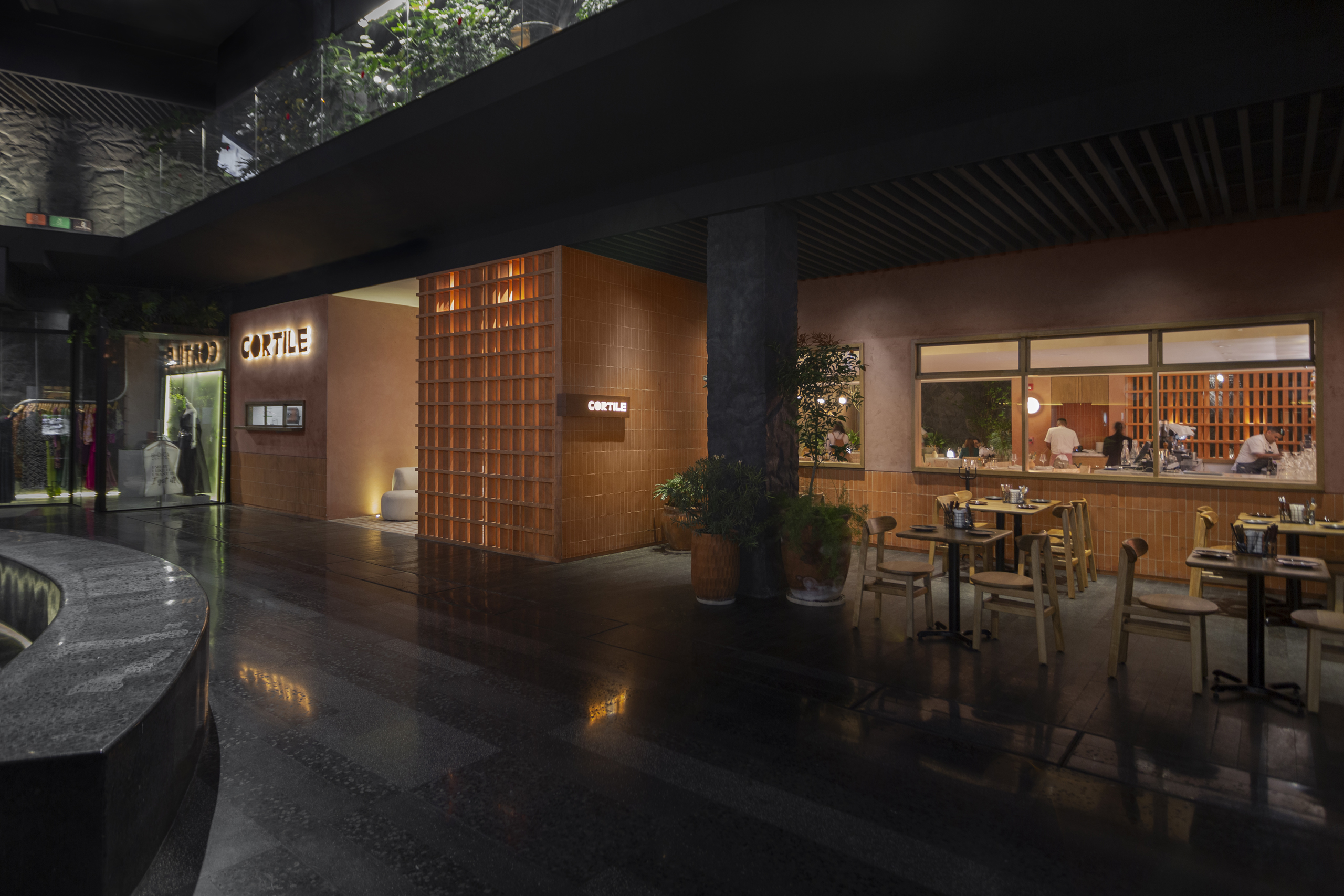
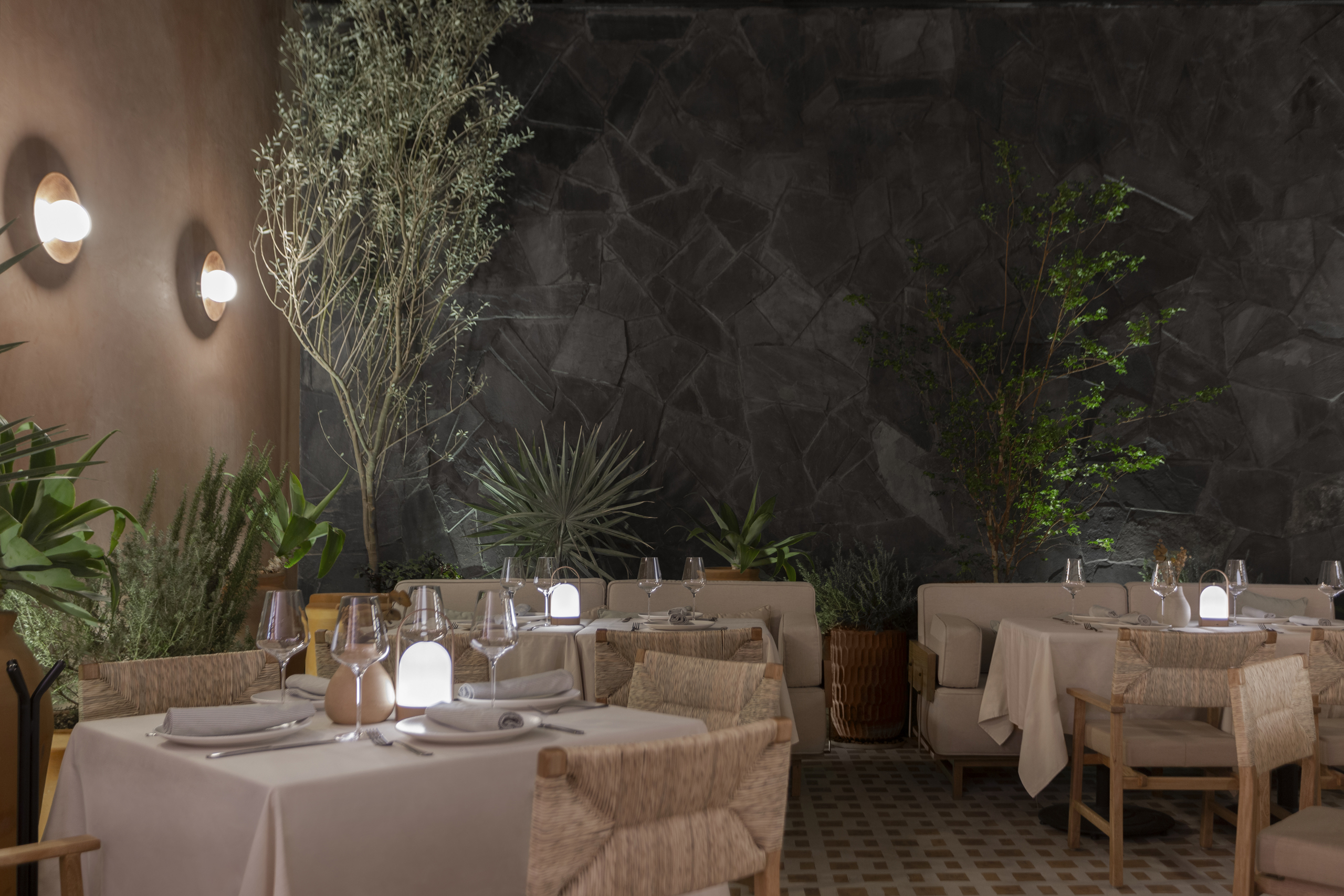
The project’s visual documentation focused on highlighting the harmony of the design. Through photography, the aim was to capture not only the aesthetics of the restaurant but also the atmosphere that defines it. The images emphasize the relationship between comfort and vegetation, showing how the fusion of nature and contemporary design can create more human and inviting spaces. This documentation is not just a visual record of the space but also a means to convey the design philosophy behind Cortile.
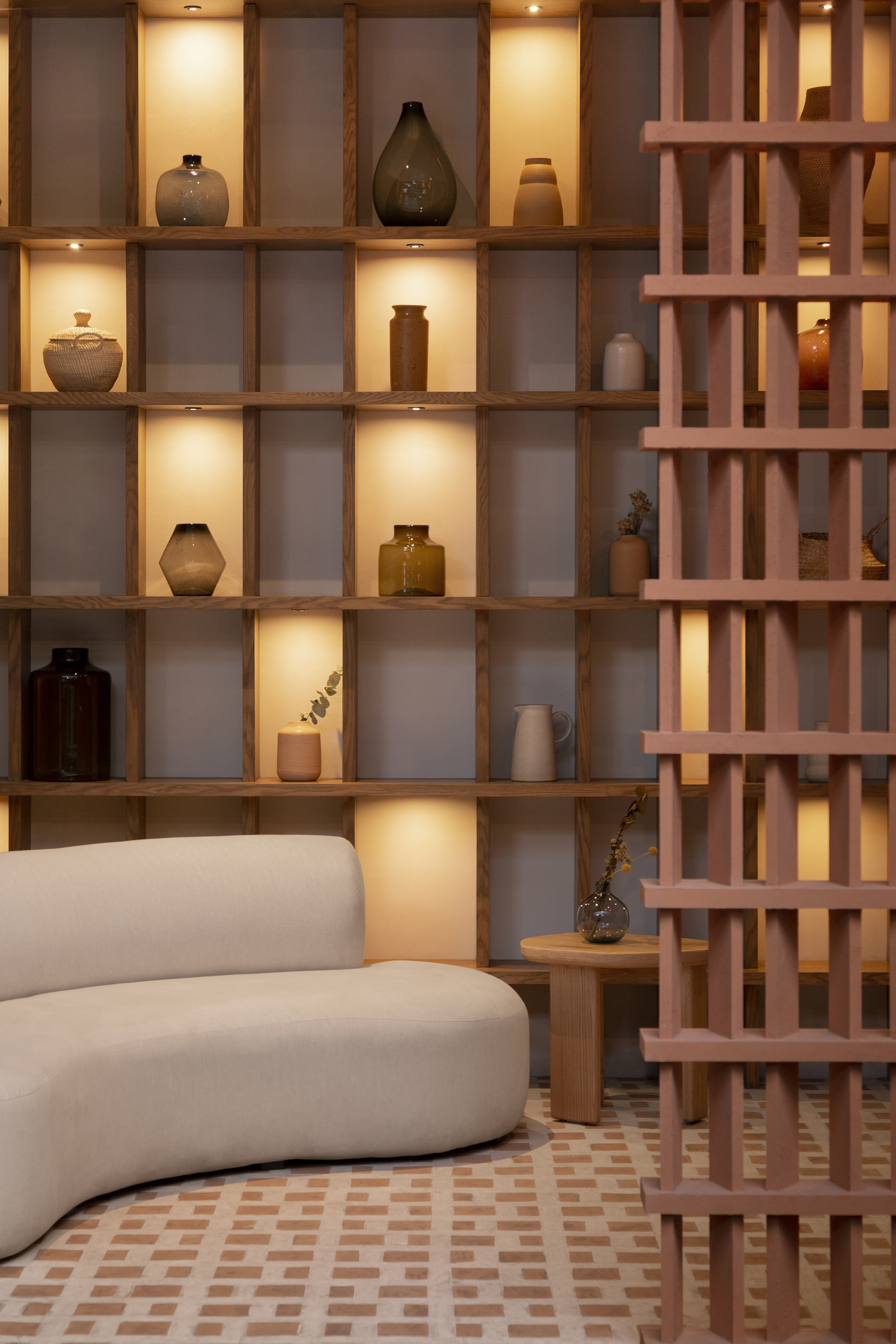
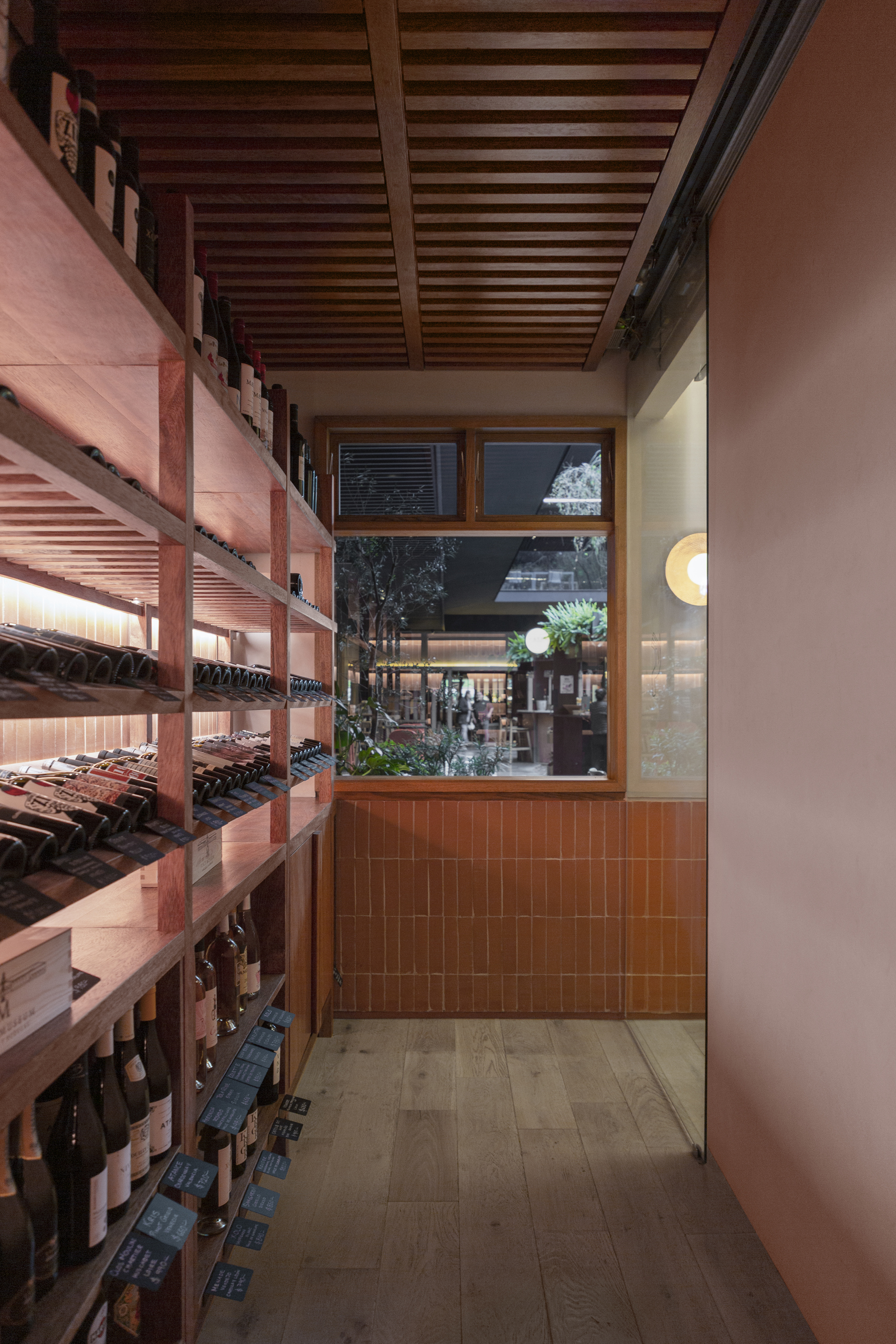
Cortile is not just a restaurant with an attractive design; it is an example of how architecture and interior design can alter the perception of a space and enrich the experience of those who visit it. Comitē De Proyectos successfully transformed a generic venue into a warm and inviting refuge, where design does not impose itself but rather enhances the dining experience. This project is proof that warmth in design is not solely dependent on materials or furniture but on the ability to create an emotional connection with the user. Cortile invites guests to linger, enjoy, and feel the space as an extension of home, something few places achieve with such natural ease.
